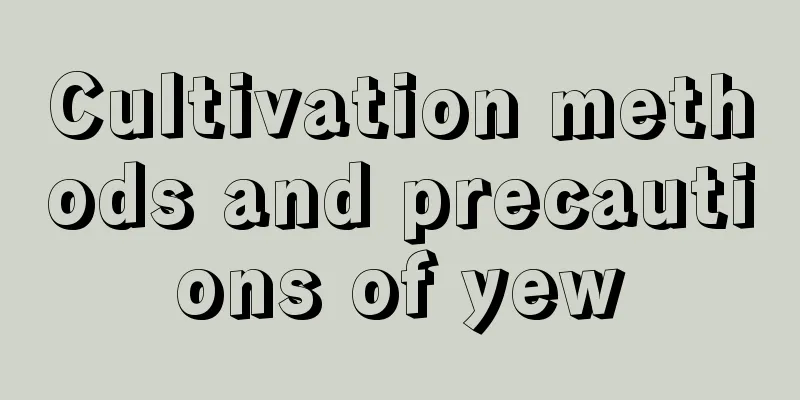How to grow random grass

1. Maintenance methods1. Temperature: 18 to 28 degrees is more suitable. The ambient temperature in winter needs to be kept above 5 degrees. Therefore, in the south, it can overwinter outdoors normally, but in the north, it needs to be transplanted indoors for cultivation. 2. Watering: It needs sufficient water to grow quickly. If the water is not fully replenished, the plant will grow poorly, seriously affecting its appearance and failing to achieve the purpose of cultivation. 3. Light: It is a light-loving plant, and warm sunlight is indispensable for its normal growth. However, the high temperature and strong light in summer need to be avoided. It can be properly shaded, but during the breeding process, it should be noted that it cannot be placed directly in a hidden place, otherwise its growth will be affected. 4. Fertilization: Fertilizer needs to be provided during the growth period. Generally, nitrogen, phosphorus and potassium fertilizers are required. The proportion of phosphorus and potassium fertilizers should be relatively higher, which can promote flowering. However, it is still necessary to pay attention to the frequent application of thin fertilizers, once a month, and control the amount each time. Too much fertilizer will easily cause the plant to grow too tall. 2. Breeding techniques1. Reproduction: Division is usually done in spring and autumn. At the same time, you need to choose plants that are about three years old, and then replant them. Cuttings are usually carried out from April to May. Choose branches that have just sprouted, about ten centimeters long, and then cut them. Then make sure the soil is moist and wait for germination. 2. Pruning: It almost does not require pruning, and the plants are planted in large areas. Pruning will affect its appearance. If you grow it in a flowerpot at home, you can simply pick off the yellowing branches and leaves with your hands. 3. Problem diagnosis and treatment1. Disease: Rot is very easy to occur. This disease is usually caused by insufficient ventilation and too dense planting, so wettable powder can be used to control it. At the same time, the distance between plants should be kept appropriate. 2. Pests: Aphids appear more frequently and can be improved by spraying pesticides. IV. Other issues1. Toxicity: The whole plant is non-toxic and very suitable for breeding. 2. Can it be raised at home? Yes, it is also very ornamental. |
<<: How to grow four-leafed lily
>>: How to grow worry-free flowers
Recommend
The difference between million bells and petunias
Introduction to Million Bells and Petunias Name: ...
Coffee sunflower cultivation method
1. Soil Coffee sunflower is not very demanding on...
What is the hydroponic method of calamus
1. Hydroponic method 1. When hydroponically growi...
The efficacy and function of sea buckthorn, how to eat sea buckthorn fruit
1. Efficacy and Function of Seabuckthorn 1. Human...
Do wolfberries need to be washed? How to clean them before drinking?
1. Do you need to wash? Of course, wolfberries ne...
How to plant bellflowers? Planting time and method
When to plant bluebells The suitable temperature ...
How to plant Huanghua Cassia seeds
1. Sowing time The fruits of Cassia toraja ripen ...
Are orange trees afraid of frost?
1. Are you afraid of freezing? It is very cold-re...
Does Popeye geranium bloom frequently?
Popeye geranium is native to South Africa. It is ...
Can green radish be exposed to rain? How long can green radish be left outside in the rain?
The green ivy can be exposed to rain appropriatel...
How to prune juniper bonsai and when is the best time to prune it
Shimpaku bonsai pruning time Shimazu bonsai is us...
Can Ranunculus be grown hydroponically?
1. Prepare the hydroponic container Before hydrop...
Cultivation methods and precautions of bottle coconut
How to cultivate bottle coconut Temperature and l...
What to do about crabapple leaf rust? What's wrong with dry leaves?
1. What to do about leaf rust Rust disease is mor...
What are the breeding methods and precautions for Yalezhiwu
How to cultivate the Yale Dance Dancing with Grac...









